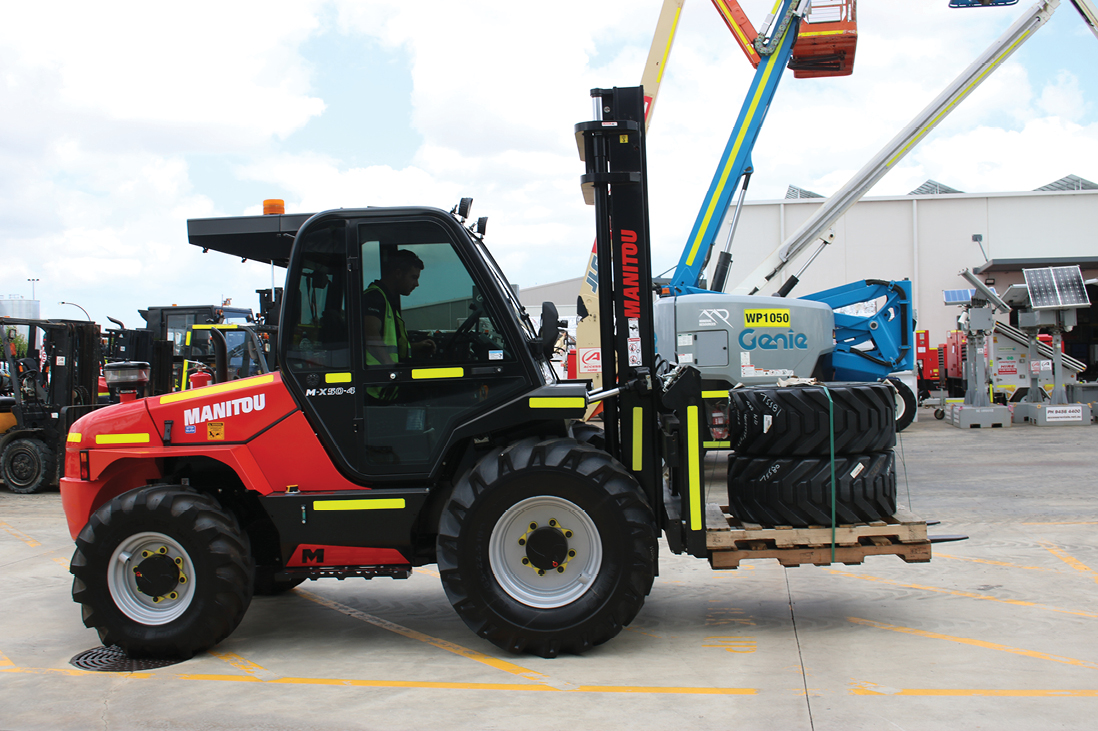

If you are using forklifts for hire, it’s essential to carry out a thorough weekly inspection to ensure they are ready to use safely. A forklift that isn’t working properly can be inefficient and dangerous. The safety of the operator and others working in the space should always be a priority for any business manager.
A forklift inspection checklist may sound complicated, but all you need to do is examine these nine key elements, and then the forklift should be ready to use.
Look over any hoses, chains, and other moving parts for signs of wear or cracks. Every moving part should be lubricated, but this shouldn’t be excessive to the point of solidification. A nice light sheen of lubrication is ideal, and there should be no corrosion anywhere on the mast.
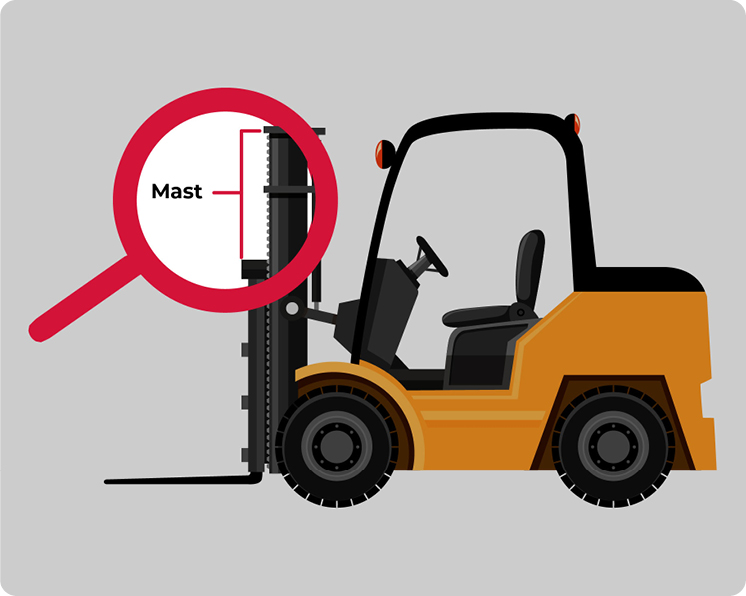

Forklift tyne’s must be straight and in good general condition. There shouldn’t be bends, cracks, or signs of excess wear and tear. Check that the upper limit stops are in good condition, the tyne’s pins must be present, and they must be straight.
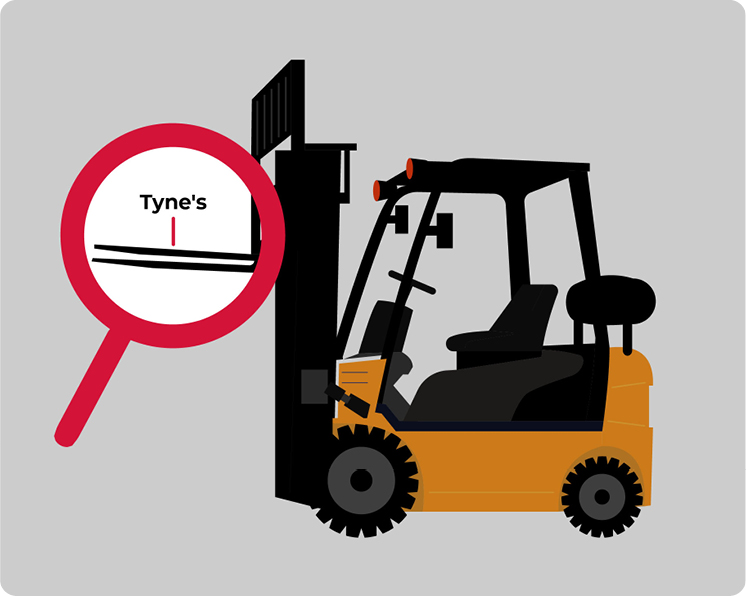

Check the hydraulic cylinders; there should be no signs of damage or evidence of leaking. All the fittings and hoses need to be secure, there should be no signs of damage, and again you need to be aware of leaks
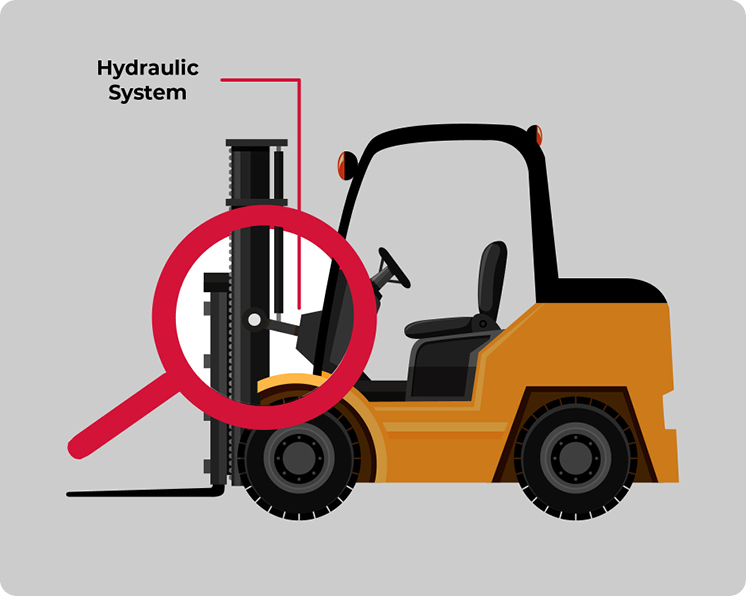

Probe that all the lights are working correctly, and if turn signals are on the forklift, they should be smooth and regular. Giving the lights a regular weekly cleaning is a good habit to develop


Inspect the forklift battery for any signs of surface damage or leaking. All terminals should have an appropriate cover, and the connections need to be tight.
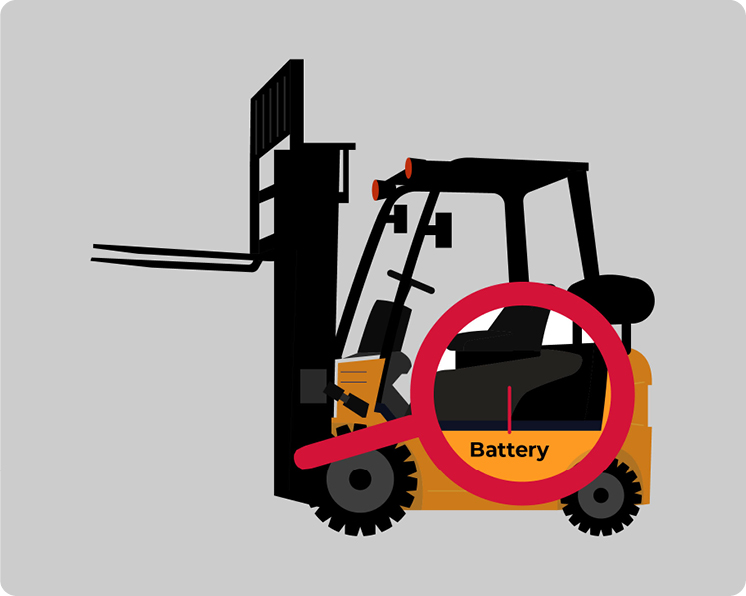

The exact checks you need to make during the inspection will vary greatly depending on your specific forklift model. However, every forklift should have fluid reservoirs filled, which should be free from leaks. Start up the engine, ensure it’s running smoothly and check that there is no evidence of overheating.
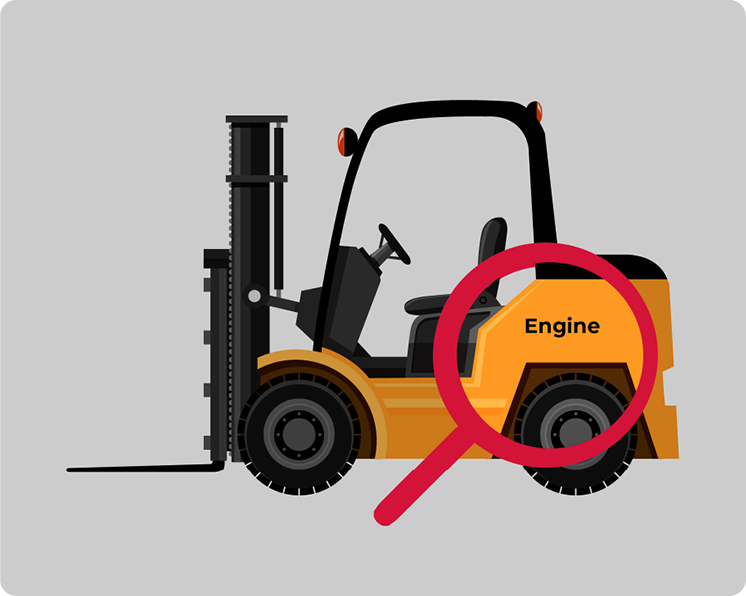

Fix the rear load rest extension firmly in place; it needs to be straight and free from cracks.
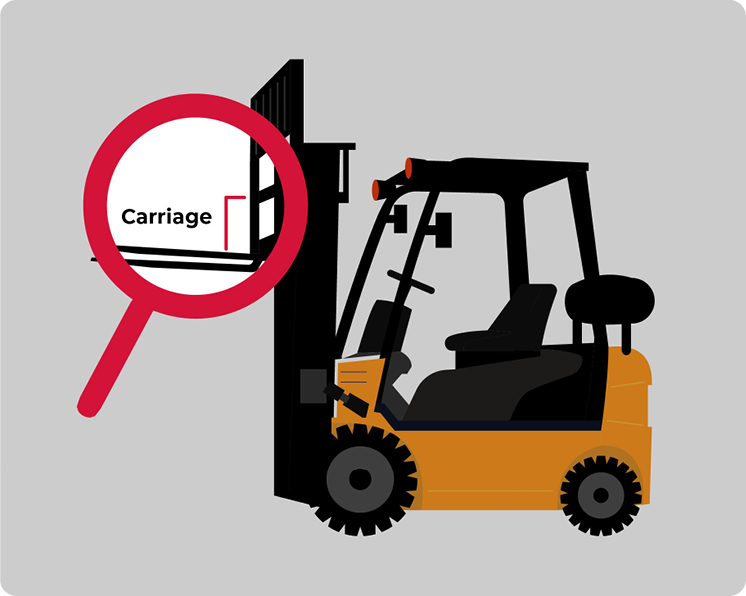

All warning decals, load rating plates, operator manuals, and LPG compliance plates (if applicable) must be present, and they must be readable.
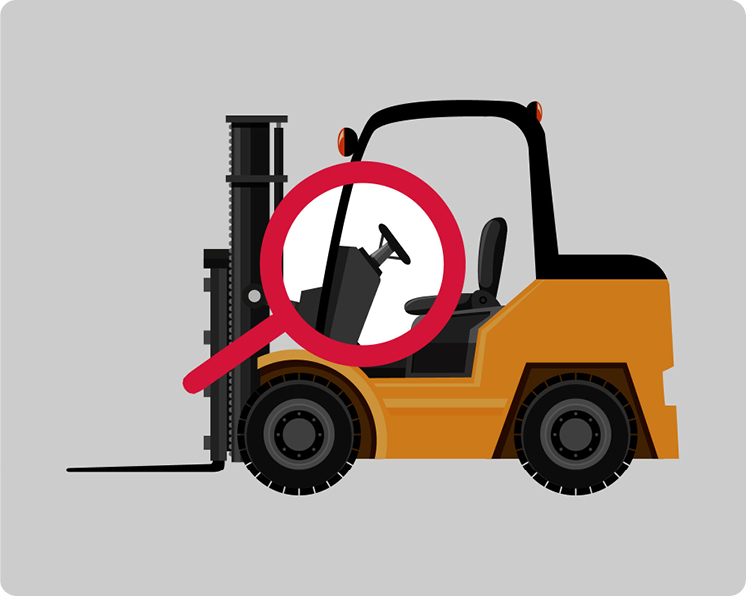

If you need an all-terrain forklift hire for your business, contact Access Hire, and we will be happy to offer you some expert advice